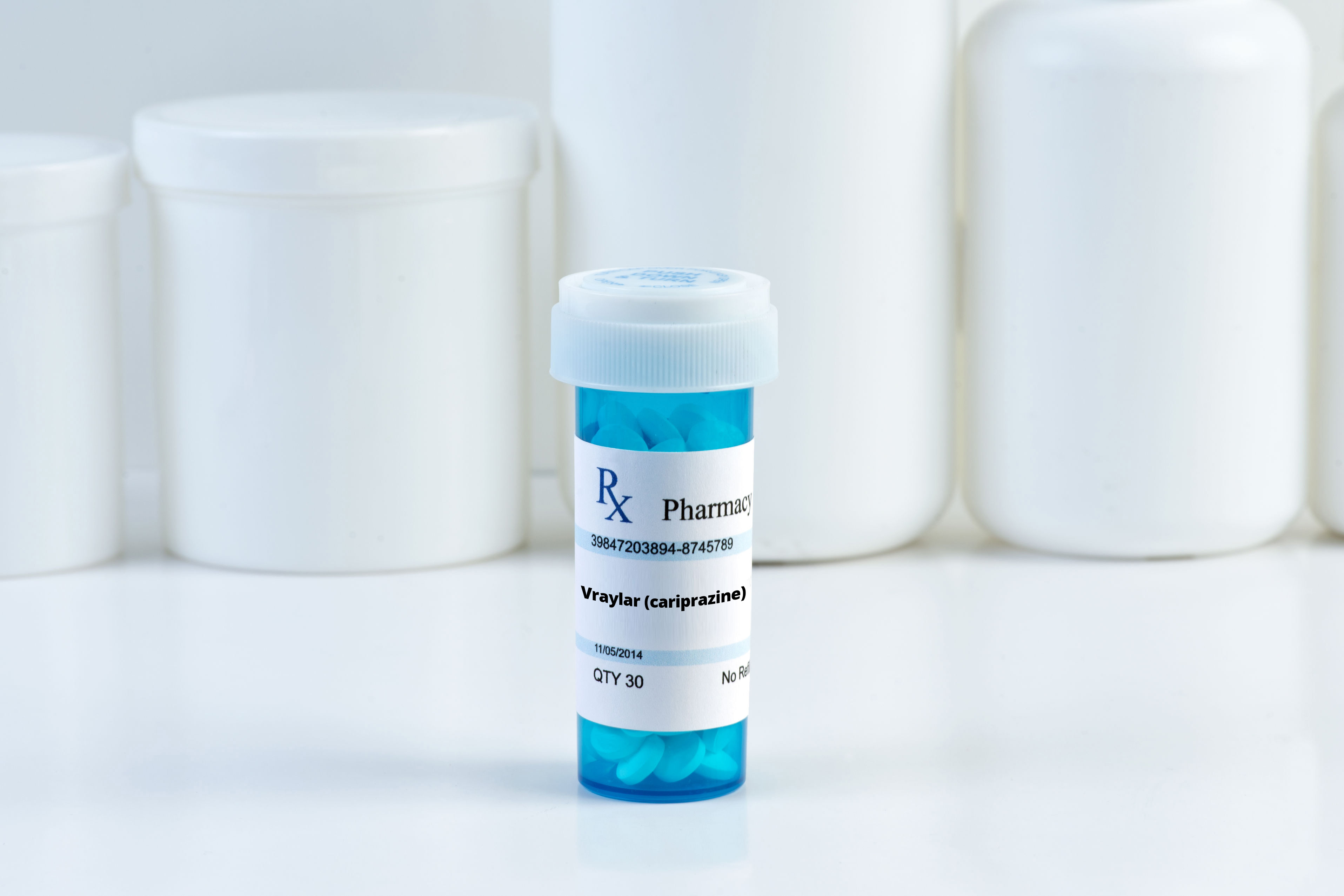Brand-name drugs are modern drugs containing active ingredients or a combination of active ingredients that have not been used before.

Research and development:
According to data firm statista*, pharmaceutical companies invest in the research and development of new drugs the highest among industries, at about 15% of total annual revenue (in 2020 15.4%, equivalent to 15.4% in 2020). equivalent to nearly 200 billion USD) compared to the industry average of about 5-6%. Pharmaceutical research and development includes all steps from initial research into disease processes, compound testing in the preclinical phase, and all phases of clinical trials. At a certain point in this process – mainly in the preclinical phase – the relevant government agency reviews, regulates, and ultimately approves the drug.
According to a research article in Frontiers in Medicine**, costs for research and development of a new drug are estimated to range from $944 million to $2 billion 826 million (2019 adjusted prices). These costs include costs for invention, preclinical development, and clinical development.

Social-economic impact
Brand-name drugs're more effective in improving health:
Brand-name drugs play an important role in improving the quality of healthcare, especially in an era of rapid technological progress and enhanced research capacity. Invented pharmaceuticals are believed to be more effective in improving medical outcomes, patients tend to complete treatment due to reduced spending, and above all, it offers more choice. The advent of better and improved drugs, along with the advancement of medical technology and enhanced detection techniques, have improved health outcomes for many communities.
A study done in 2001 revealed that newer drugs are more effective than older drugs in improving the health outcomes of the patients ***.The results from the study indicated that the patients used Using newer drugs was less likely to die at the end of the study, which shows how the development of new drugs has the potential to improve health outcomes dramatically.
Reduce costs outside of health insurance:
From the advancements in the pharmaceutical industry, pharmaceutical products will be made more affordable and suitable for patients. According to a recent study, there is a positive correlation between the age of the drug and the number of hospital stays due to a related medical condition. The above results indicated that patients using newer pharmaceuticals had a significantly shorter hospital stay compared to patients using older drugs.
This shows that the use of enhanced patent drugs will be effective in the long run. This is because the use of a booster drug reduces the number of days a patient is hospitalized, and when the cost of a booster is less than the cost of a night in the hospital, the total The patient's medical goals will be reduced. Furthermore, with increased use of innovative pharmaceuticals, medical expenditures other than drugs will be reduced, and this will result in a substantial reduction in total costs outside of Health Insurance.
Diversify the types of Brand-name drugs ; provide more treatment solutions for patients:
As more innovative pharmaceuticals are developed, no matter how much or little the improvement is, there is bound to be more options on the market. This leads to a wider variety of drugs that will be available for the same disease. This ensures that in the event that the initial treatment fails, second and third options are available to the patient to choose from.
The value created by the pharmaceutical innovation industry goes beyond ensuring patients' rapid and sustainable access to safe and high-quality innovative drugs, which is essential to ensuring a healthy system. health care to operate effectively. The pharmaceutical industry can play an important role in the economic development in general and the pharmaceutical industry in particular, through clinical activities, product research and development, technology transfer, product promotion, etc. domestic production and digital health infrastructure…
Brand-name drugs in Vietnam
According to research report of consulting firm KPMG, in 2018, the pharmaceutical industry contributed 571.3 million USD to Vietnam's GDP. This includes $173.47 million in value directly generated, plus $202.71 million in indirect contributions through business-to-business transactions such as spending on raw materials, operating logistics, sales and marketing. The remaining $195.11 million was recorded through expenditures by workers in this industry. However, in terms of production market share, Vietnam is one of the countries with the lowest percentage of generic drugs in Asia, at less than 4%. Meanwhile, over-the-counter (non-Rx) products account for 70% of the market share, and generic6 products (branded or unbranded) account for the remaining 26%. Comparing the market share of patented pharmaceutical products with other countries in the region such as Thailand (8%) and Singapore (14%), the level of access to invention pharmaceuticals in Vietnam is still relatively low. In particular, according to PharmaGroup, on average, a new drug/vaccine can only reach Vietnamese patients after 8 years since it was introduced to the global market.
As a developing economy, Vietnam has the opportunity to build a sustainable domestic pharmaceutical industry through support from multinational pharmaceutical corporations. More specifically, with these supports, Vietnam will be able to provide people with high-quality pharmaceuticals at reasonable prices. In addition, other accompanying benefits include creating labor demand, improving productivity, increasing foreign investment and increasing the total output of domestically produced pharmaceuticals.
- N.M.Q (NASATI) -
----------------------
1. https://www.statista.com/statistics/270324/expenditure-on-research-and-development-by-industry-sectors/
2. https://www.frontiersin.org/articles/10.3389/fmed.2021.760762/full
3. Lichtenberg, F.R. (2001), ‘Are the benefits of newer drugs worth their cost? Evidence from the 1996 MEPS’, Journal of Health Affairs 20(5), pp 241-51.